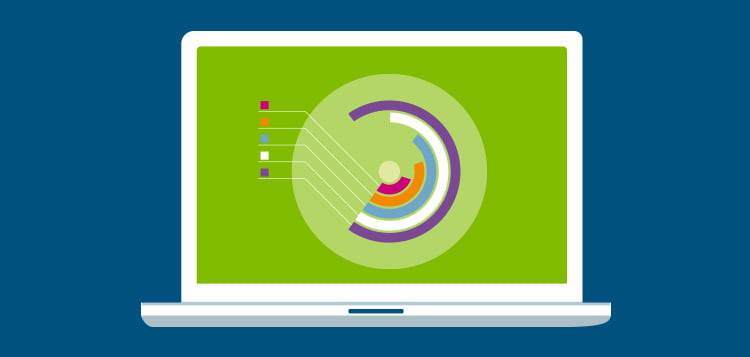The Development Of Website Layout: From Past To Existing
The Development Of Website Layout: From Past To Existing
Blog Article
Web Content Author-Kinney Hyldgaard
In the past, internet sites were basic and focused on information. Navigating was direct, and layout was for desktop computers. Now, user experience is essential. Data guides styles for easy navigation. Responsive formats fit different tools. Today, dark mode lowers strain, and minimalist food selections enhance navigation. Interactive attributes involve customers, and bold visuals stand apart. AI integration boosts interaction. See just how design has actually evolved to boost your on-line journey.
Early Days of Website Design
In the very early days of web design, simplicity preponderated. Sites were basic, with restricted colors, font styles, and formats. The emphasis was on offering information instead of flashy visuals. Individuals accessed the web through slow dial-up connections, so rate and performance were essential.
Navigation food selections were straightforward, commonly located at the top or side of the web page. Web sites were designed for computer, as mobile browsing had not been yet widespread. Web content was king, and designers prioritized easy readability over complex layout elements.
HTML was the main coding language used, and designers had to work within its restraints. Animations and interactive functions were minimal contrasted to today's requirements. Internet sites were static, with little dynamic web content or tailored individual experiences.
Increase of User-Focused Design
With the development of web site design, a change towards user-focused design concepts has actually become increasingly famous. https://searchengineoptimizationl40617.tkzblog.com/26347597/improve-your-digital-footprint-with-web-solutions-a-comprehensive-overview , developing sites that prioritize user experience is critical for involving site visitors and achieving business objectives. User-focused design involves understanding the demands, preferences, and habits of your target audience to tailor the site's design, web content, and features accordingly.
Developers currently perform extensive study, such as user surveys and functionality screening, to collect insights and feedback directly from users. This data-driven approach assists in producing user-friendly navigating, clear calls-to-action, and aesthetically appealing interfaces that resonate with site visitors. By positioning the individual at the facility of the design process, internet sites can deliver an extra individualized and pleasurable experience.
Receptive design has actually additionally emerged as an essential facet of user-focused layout, guaranteeing that web sites are optimized for different tools and screen sizes. This flexibility boosts availability and use, accommodating the diverse ways users interact with websites today. Essentially, the rise of user-focused layout represents a change in the direction of developing digital experiences that focus on the requirements and expectations of the end user.
Modern Trends in Website Design
Explore the current patterns shaping website design today. One famous pattern is dark mode style, offering a smooth and modern-day appearance while reducing eye stress in low-light settings. Another essential trend is minimalist navigation, streamlining food selections and improving individual experience by focusing on essential elements. Incorporating micro-interactions, such as animated buttons or scrolling impacts, can create an extra interesting and interactive web site. Responsive style continues to be crucial, making sure seamless user experiences throughout different devices. Additionally, utilizing vibrant typography and asymmetrical formats can include visual interest and draw attention to particular material.
Incorporating local search engine marketing company , like chatbots for consumer support or individualized recommendations, improves customer involvement and streamlines processes. Availability has also come to be a considerable pattern, with developers focusing on comprehensive style methods to satisfy varied user requirements. Welcoming sustainability by enhancing website performance for rate and performance is an additional emerging fad in web design. Collaborating with customer feedback and data analytics to repeat and improve design constantly is vital for staying pertinent in the ever-evolving electronic landscape. By welcoming these modern-day trends, you can create an aesthetically attractive, user-friendly web site that reverberates with your audience.
Conclusion
As you review the evolution of web site design from the very early days to currently, you can see just how user-focused style has actually come to be the driving force behind modern patterns.
Accept the trip of adjustment and adjustment in website design, always keeping the customer experience at the forefront.
Keep present with the most recent fads and modern technologies, and never stop advancing your approach to develop aesthetically sensational and easy to use websites.
Evolve, adapt, and develop - the future of website design remains in your hands.
